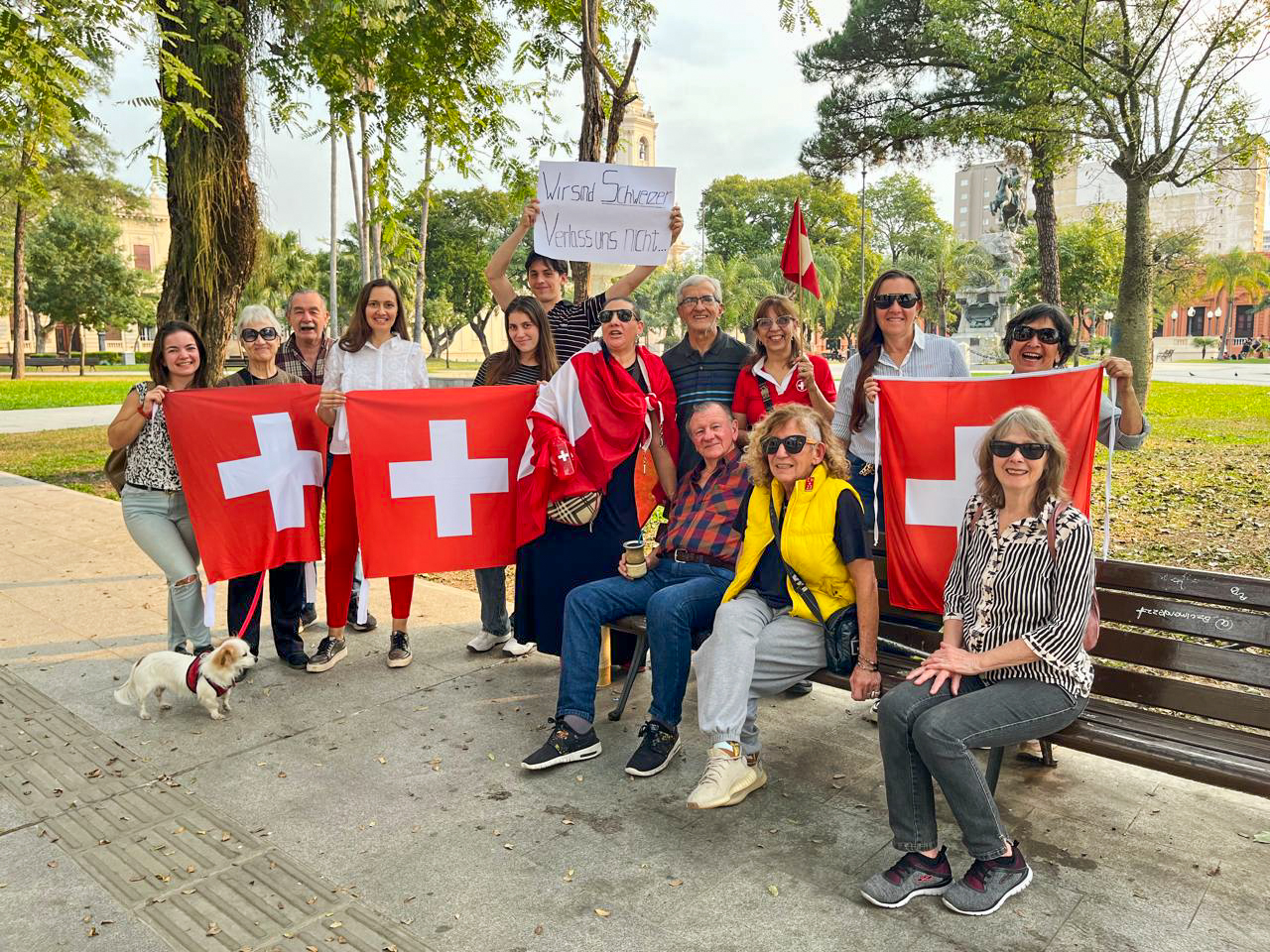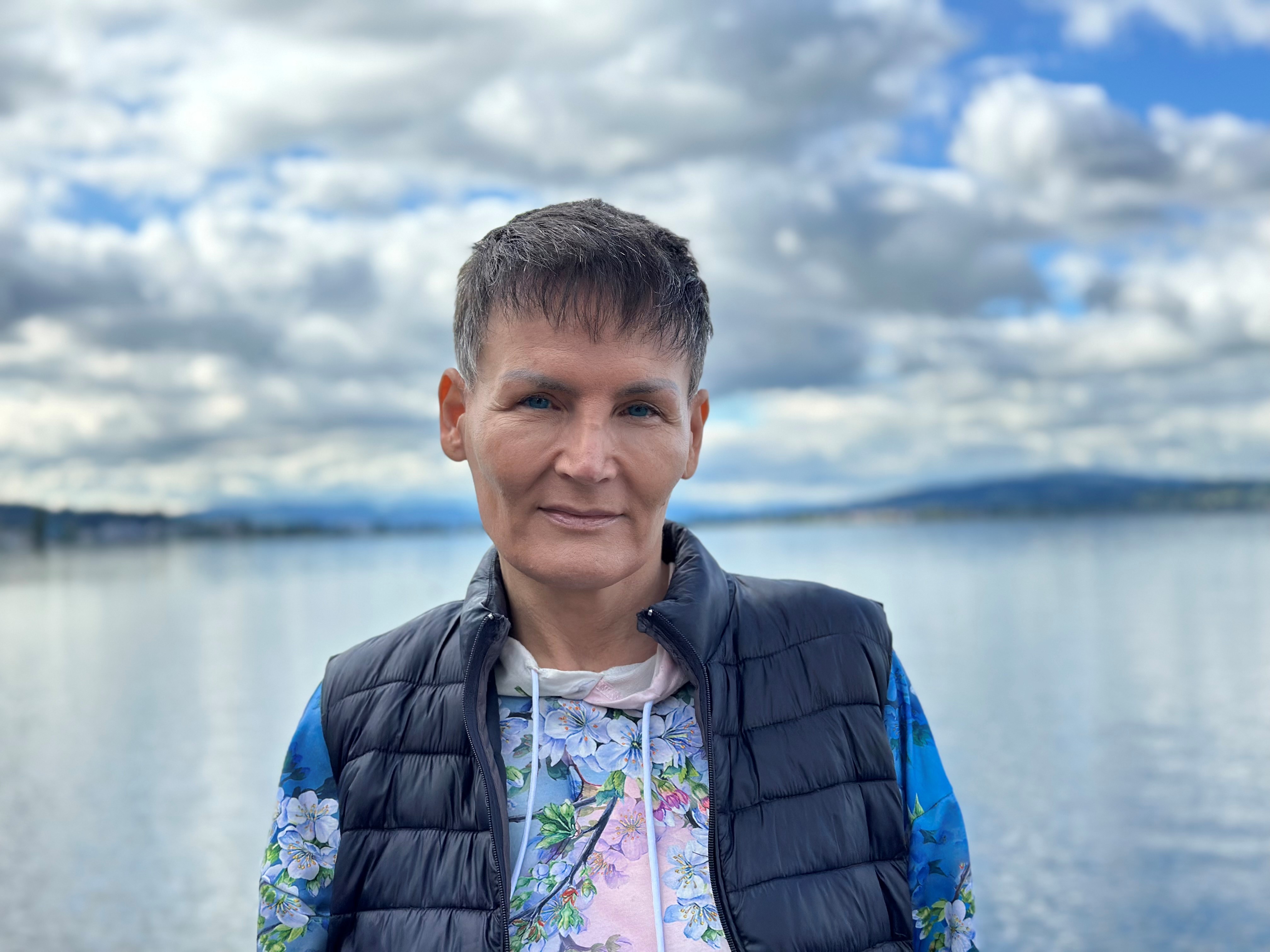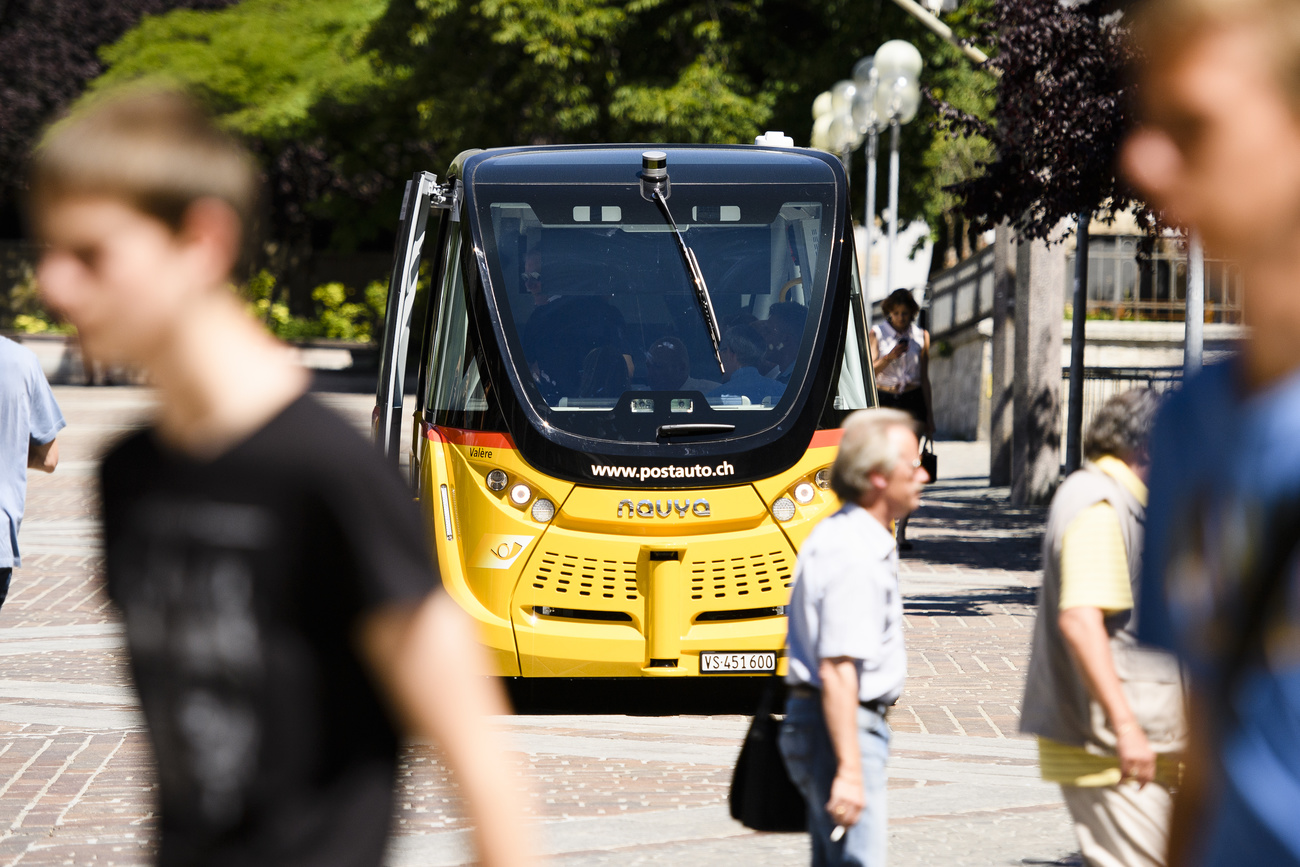Ticino architecture reconciles the traditional with modern

Bold examples of provocative modern architecture are increasingly included on tours of the southern canton of Ticino.
The Ticino tourist board has published an informative guide (in English) to modern architecture in a canton known for producing world-class designers. A tour can last a day or a week, and includes visits to ornate and minimalist structures in Ticino’s busy cities and towns, and in its remote alpine valleys.
One of the most admired buildings is a curious cylindrical structure made of granite and marble that rises above the rooftops of the stone houses in the mountain hamlet of Mogno.
Star architect Mario Botta was not interested in simply rebuilding the 17th century chapel in Mogno when it was destroyed by an avalanche in 1986.
Futuristic chapel
Instead, he erected a futuristic chapel and in so doing incurred the wrath of local property owners who had taken great pains to remain faithful to the traditional rural architecture when they converted most of the hamlet’s houses into holiday homes.
Now, most agree that the granite and marble structure, topped with a glass roof, is in perfect harmony with the traditional buildings and alpine landscape.
“I want to modernise the ancient,” says Botta. “I prefer to work with materials that have been formed naturally over thousands of years.”
The stone walls of the chapel are made from alternating strips of grey granite and white marble from nearby quarries. The gaze of visitors, once inside the austere building, is drawn upwards to the heavens by the light streaming in through the flat, glass roof.
“In all my works, I put the accent on light and the choice of building materials, which has to connect with our collective memory.”
Medieval not modern
Medieval and not modern architecture dominates the urban landscape in the canton’s capital, Bellinzona.
The city’s three castles, recently listed by Unesco as a World Heritage site, are potent symbols of how Bellinzona has preserved its ancient character better than any other town in Ticino.
However, this is largely due to subtle modern touches.
The architect, Aurelio Galfetti, played with cobblestones and reinforced concrete to lend the entrances and interiors of the Castelgrande fortress more vibrancy.
Former convent
It is a similar story in the village of Monte Carasso, where a former convent was restored by Luigi Snozzi between 1987 and 1993.
Interior design students from across Europe come to Ticino to study Snozzi’s work.
“He used new building materials while at the same time respecting the old facade,” says Jürgen Aldinger, of Stuttgart’s University of Applied Sciences, describing Snozzi’s discreet addition of modern classrooms to the top of the convent.
Snozzi has called the convent the “monumental centre” of the village. He erected modern houses and buildings in close proximity to the landmark in a successful attempt to redefine the appearance of the whole village.
Botta showcase
Ticino’s financial capital, Lugano, is also the home of Mario Botta, and is a virtual Botta showcase.
The banks, offices and private houses built by Botta display his unmistakable signature: red brick oval or semi-circular buildings – many like cakes with pieces cut out – with portholes and glass highlights.
Peering over the shoulders of his apprentices and designers in his oval office space, Botta says the small round windows act “like binoculars”.
“I want to be able to focus on objects in the distance. A normal window would give me a different perspective,” he explains.
He says his preference for small windows, often set back from the building exterior to avoid direct sunlight, is in keeping with the Mediterranean culture of Ticino, where it is important to keep houses cool in summer.
Botta compensates with skylights, channelling the light into a building’s interior. “I want the light to create the space,” he says.
There is a skylight funnelling the sun’s rays into the reception of Lugano’s Banca del Gottardo, one of Botta’s most celebrated creations.
“It’s wonderful to work here with so much light,” says bank employee, Gabriele Giovannini. “The atmosphere is so special that I’m sometimes sad to leave the building in the evening.”
by Dale Bechtel

In compliance with the JTI standards
More: SWI swissinfo.ch certified by the Journalism Trust Initiative









You can find an overview of ongoing debates with our journalists here . Please join us!
If you want to start a conversation about a topic raised in this article or want to report factual errors, email us at english@swissinfo.ch.